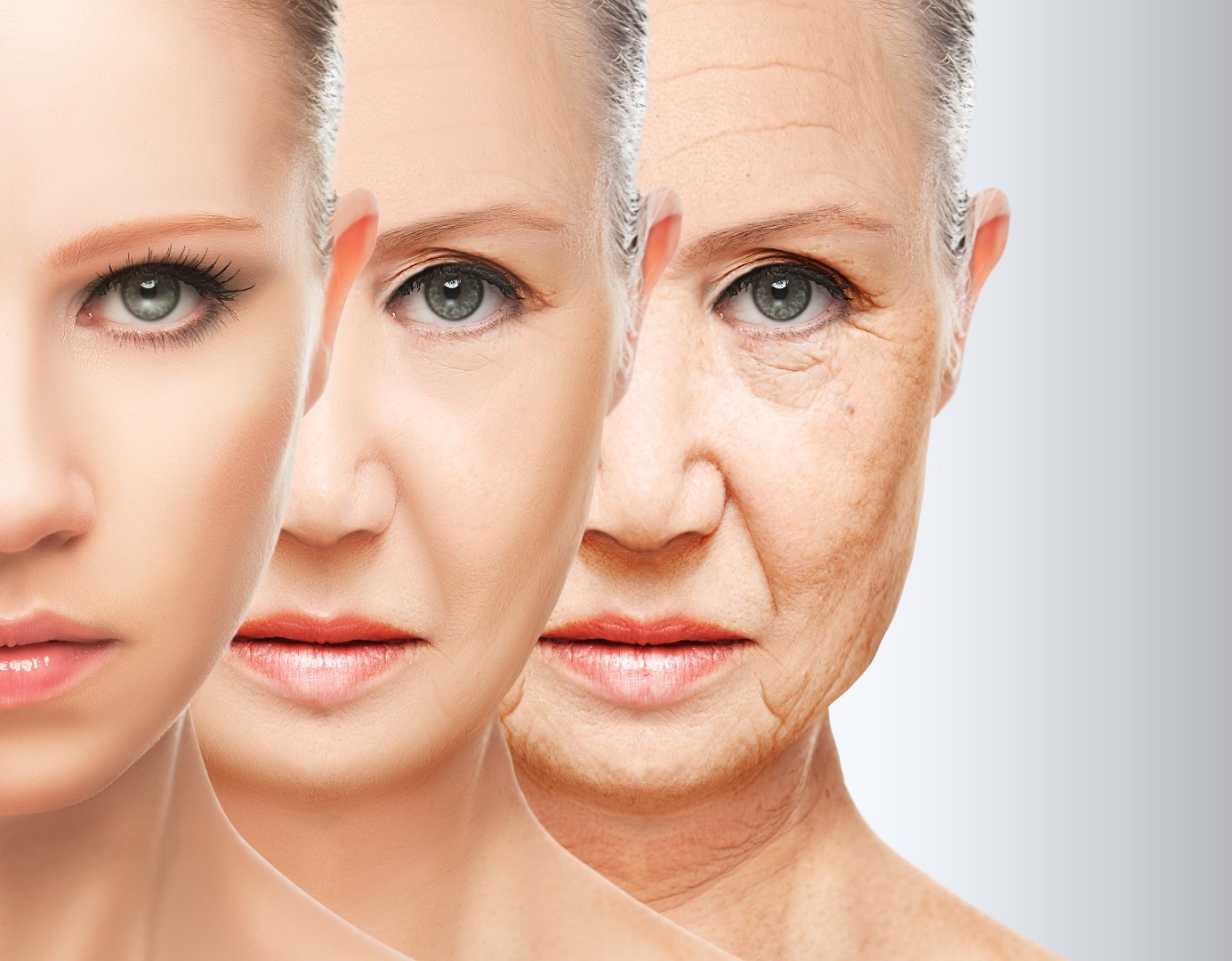Scientists from Cambridge, United Kingdom have discovered how to rejuvenate skin cells in 30 years.
Scientists from Cambridge, United Kingdom have discovered how to rejuvenate skin cells in 30 years. During research, they rejuvenated the skin of a 53-year-old woman to the equivalent of a 23-year-old woman. According to the researchers, it is possible to perform the same procedure on other tissues in the human body.
Ultimately, the technology used was based on the techniques used to create Dolly the sheep, which was cloned more than 25 years ago. The objective of the research is to be able to help in the development of treatments for diseases that are related to age. For example, diabetes, heart disease and neurological disorders such as Alzheimer’s disease.
Origin of the skin cell rejuvenation study
According to Wolf Reik, team leader at the Babraham Institute in Cambridge, the origins of the skin cell rejuvenation technique date back to the 1990s.
At the time, researchers at the Roslin Institute, on the outskirts of Edinburgh, Scotland, developed a method that transformed a mammary gland cell, taken from an adult sheep, into an embryo. Which led to the creation of the famous Dolly the sheep, which was cloned.
However, the objective was not to generate clones of sheep or humans, but rather to use this technique to create human embryonic stem cells. Which would later be transformed into fabrics. For example, in muscles, cartilage and nerve cells. In this way, they could replace parts of the human body that were worn out.
Advancement of technique
In 2006, Shinya Yamanaka, then a professor at Kyoto University, Japan, simplified the technique used on Dolly the sheep. Therefore, the new method, called IPS, consisted of adding chemical substances to adult cells for 50 days. Which resulted in genetic changes, transforming adult cells into stem cells.
However, even with all the studies and research, the use of stem cells in treating diseases is still limited.
Therefore, recently, Wolf Reik, team leader at the Babraham Institute in Cambridge, and his team decided to use the IPS technique on skin cells in a 53-year-old woman.
However, it reduced the chemical bath time from 50 to 12 days. However, the cells did not transform into embryonic stem cells, but had rejuvenated and behaved like cells from a 23-year-old person.
What to expect from this discovery
The discovery that cellular rejuvenation is possible represents a fundamental advance. In this way, the Cambridge researchers hope that one day it will be possible to use the technique with the aim of keeping people healthier as they age.
However, for now the study is still at an early stage, and it is still necessary to overcome several scientific issues for the technique to leave the laboratory and enter the clinical phase. The IPS method increases the risk of cancer.
Even so, researcher Wolf Reik is confident that now that he knows that skin cell rejuvenation is possible, his team will be able to find an alternative and safer method.
“The long-term goal is to extend human health, rather than just (extending the length of) life, so that people can age more healthily,” says Wolf Reik.
The researcher also considers that the first applications of the method could be in the development of medicines to rejuvenate the skin of elderly people and even to accelerate the healing of cuts and burns on the skin.
The future of skin cell rejuvenation
The future of skin cell rejuvenation will pave the way for the use of technology in other tissues of the human body. Like muscles, liver and blood cells, for example.
Thus, Melanie Welham, executive president of the Biotechnology and Biological Sciences Research Council, one of the funders of Dolly the sheep research. She says the benefits of the discovery are not far away.
“If similar approaches or new therapies can rejuvenate immune cells, which we know become less responsive as we age, in the future it may be possible to increase people’s response to vaccination, as well as their ability to fight infection.”
Melanie also speculates about the creation of a possible elixir of youth, where the regeneration method would work on the entire body.
where the regeneration method worked on the entire body.
“The technique was applied to genetically modified mice, and there are some signs of rejuvenation. One study showed signs of a rejuvenated pancreas, which is interesting for its potential to combat diabetes.”
On the other hand, Robin Lovell-Badge, from the Crick Institute, in London, believes that scientific obstacles are still great between results obtained in the laboratory and the simplest clinical applications.
“It would be nice to find other chemicals to do the same thing, but they can be just as harmful. So it is ambitious to think that you will find these chemicals easily and that they will be safer. It is also quite possible that other cell types require different conditions that may be difficult to control. And whether you will be able to do this with your entire body safely is so far away that I would say it is pure speculation,” she says.
Anyway, if you liked the content of this article, read also: How to delay aging? Tips and new habits.

Sign up for our newsletter and stay up to date with exclusive news
that can transform your routine!
Warning: Undefined array key "title" in /home/storelat/public_html/wp-content/plugins/link-whisper-premium/templates/frontend/related-posts.php on line 12
Warning: Undefined array key "title_tag" in /home/storelat/public_html/wp-content/plugins/link-whisper-premium/templates/frontend/related-posts.php on line 13




